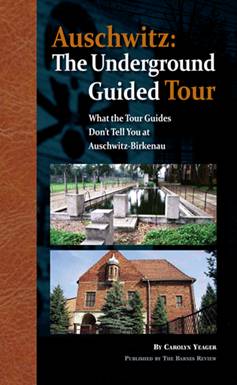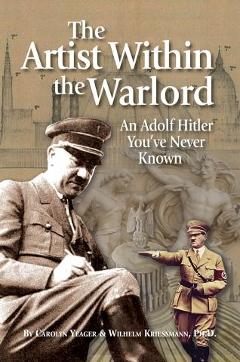Remembering Willi Kriessmann
Wilhelm Ludwig Kriessmann, Luftwaffen bomber pilot on the Eastern Front during WWII died on Dec. 18, 2012 at his home in northern California. This picture was taken on May 10, 2012 while visiting friends in Austria. A little over one month later, back home again, he suffered a massive stroke. He was recovering well from it when, in December, more strokes occurred.
Willi, as he liked to be called, managed to complete 93 years of very active life, which "coincidentally" was the same number of bombing missions he flew in support of major battles on the Eastern Front – exactly 93. He and his crew were awarded the Iron Cross First Class for a dangerous, wintry flight to drop severely-needed oil tanks to a group of encircled comrades. He also piloted top officers around the country from a home base in Berlin, and in the last months of the war ferried new airplanes from the factory to the airfield … including the Arado 234, the first operational JET bomber.
Another "coincidence": The initial stroke that was the beginning of the end for Willi occured on June 28, 2012 - the 93rd anniversary of the signing of the Versailles Treaty on June 28, 1919 (the year of his birth), which cemented the Jewish-engineered total 'defeat' of Austria-Hungary and Germany.
Youth in Austria
Born in the small Austrian village of Feistriz in the southern province of Kaernten (Carinthia) on Oct. 11, 1919, Willi grew up in a nationalist family and was already an “underground” National Socialist supporter when the 1938 Anchluss with Germany took place. One of his most cherished memories was attending the NSDAP Party Congress in Nuremberg in Sept.1938 with the Austrian youth delegation and marching past Adolf Hitler, looking right into his eyes.
Post-war life
After the war, Willi spent a year and a half "detained" in British-run camps for "Nazis" - Wolfsberg and Wetzelsdorf near his home town. He tells about this in several The Heretics' Hour radio programs. You won't find it anywhere else. After release, he earned a Ph.D at Gratz Univ. and went to work for the Austrian Trade Ministry. He rather quickly moved up to become Trade Commissioner for the U.S. West Coast – which led him to relocate his family to California, where they remained. After many successes in the U.S. for the Austrian Trade Ministry, he tired of the continual political intriguing, left that post and formed his own import-export business. Following full retirement he traveled around the globe and regularly wrote articles in German-American periodicals. His topics ran the spectrum from anniversaries of significant historical events to German-American activities and personalities, such as the shameful treatment of some of the "Paperclip" scientists.
Never forgetting his old comrades
In 2008 he began collaborating with Carolyn Yeager in the translation of selected chapters from Hermann Giesler's book, Ein Anderer Hitler. These appeared in The Barnes Review (TBR) magazine under his pseudonym, Wilhelm Mann, from late 2008 until mid-2011. This entire series can be found on this webpage, on the upper right. Yeager and (Kriess)Mann also teamed up to write “Who's found in WWII Mass Graves?” (TBR, Jan-Feb 2010). Wilhelm's original story "Kraigher vs. Kraigher - How Tito Escaped Hitler's Roesselsprung Snare" was translated into English in 2008 in collaboration with Yeager. His last work was to translate Maria Grüttner's story about Eisenhower's Death Camps that appeared in the July-Aug 2012 TBR.
Wilhelm Kriessmann leaves behind a wife, four children and 6 grandchildren. He touched hundreds of lives with his old-world gentlemanly charm, large and vivid personality, and loyalty to the inspirations of his youth. Keep flying high, Willi. It's a sure thing you are in great company.
[Since this was written, I have added the Wilhelm L Kriessmann Archive to this site. It can be found on the top index bar, under the banner.]
Category
World War II- 1445 reads









